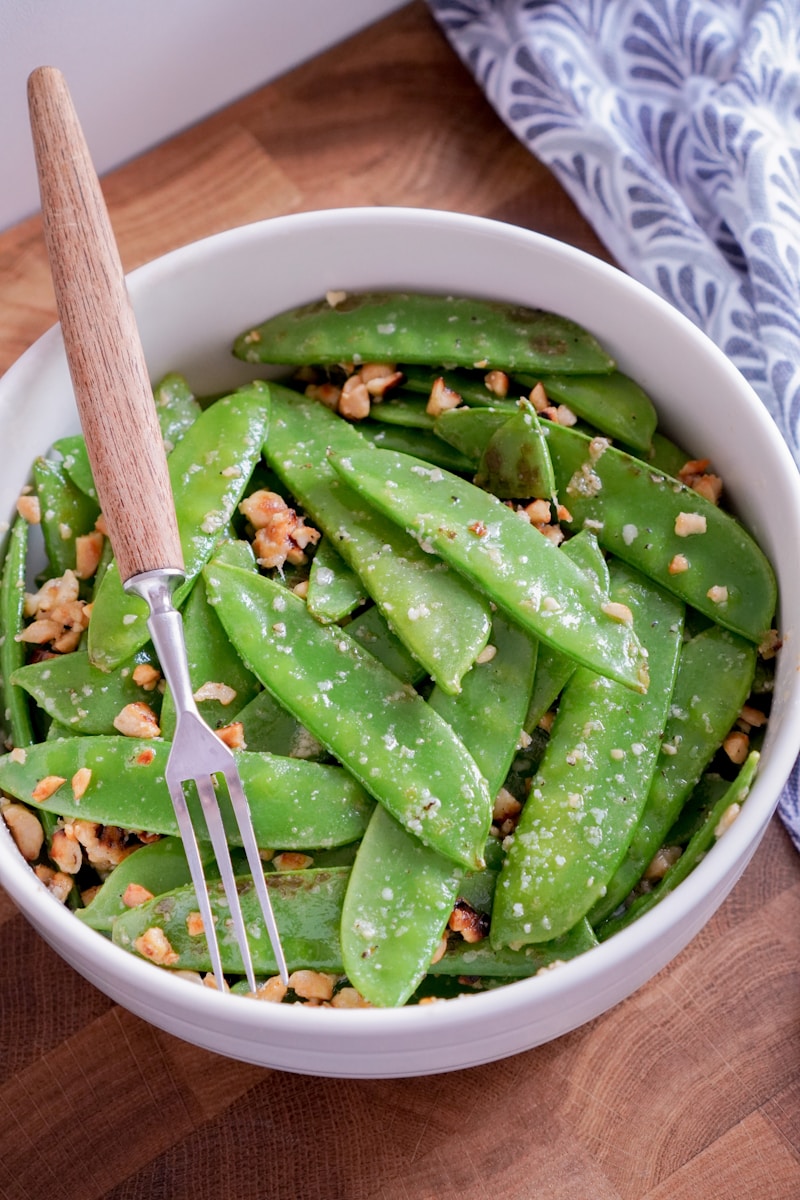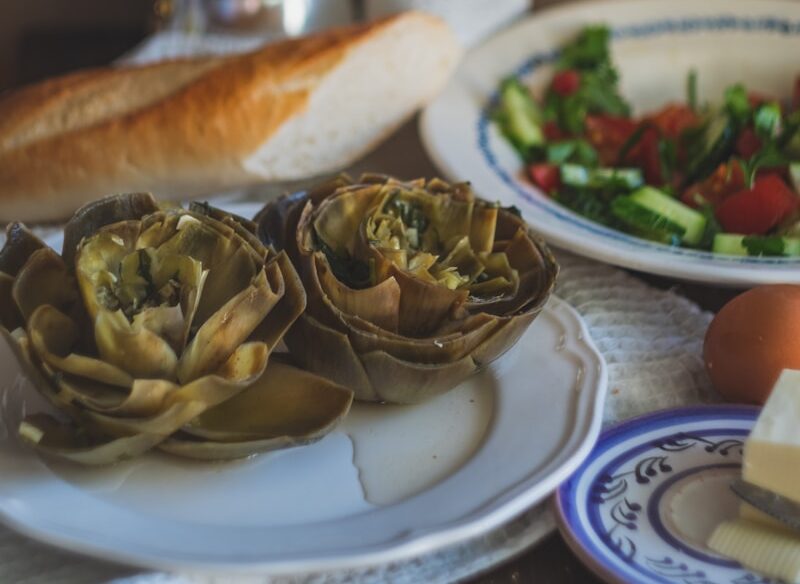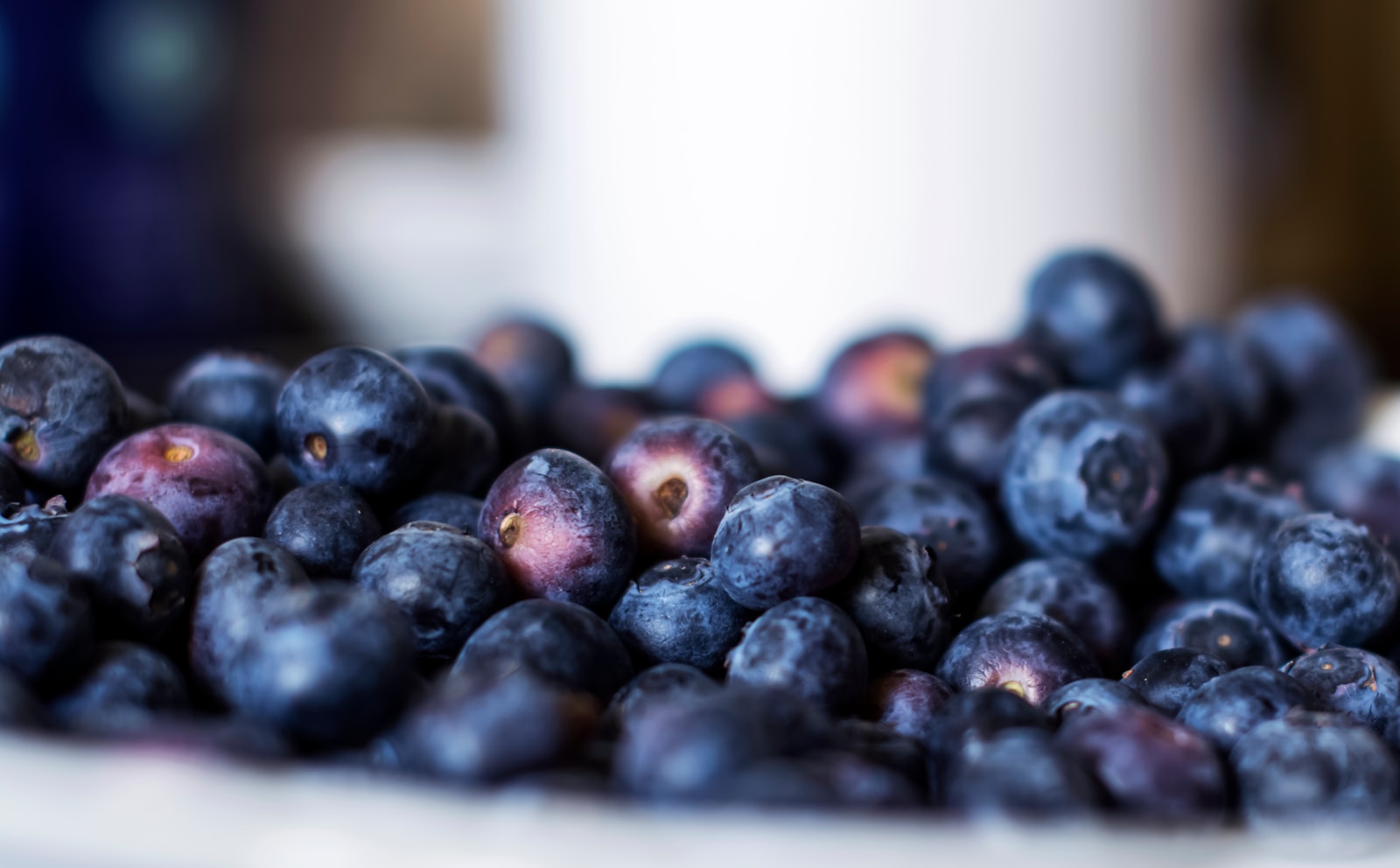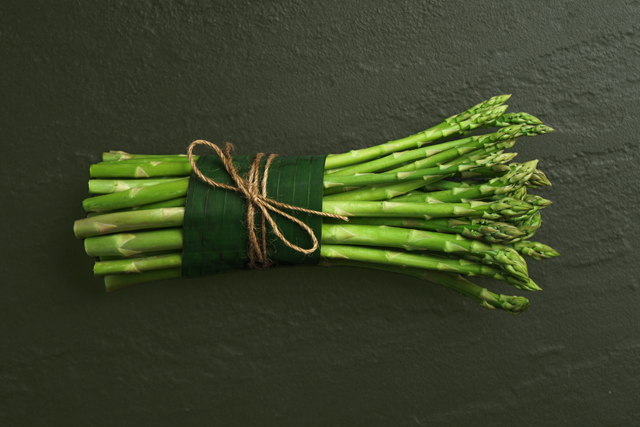There’s something undeniably satisfying about the snap of a fresh pea pod, or the burst of sweet, tender peas in a springtime dish. Peas have been cultivated and cherished for thousands of years, not just for their flavor but for their remarkable ability to enrich the soil they grow in. Their natural sweetness and vibrant color make them a standout ingredient in both simple and sophisticated recipes, while their nutritional profile ensures they’re as good for the body as they are for the taste buds.
Nutritional Benefits of Peas
Peas are more than just a delightful treat; they are a nutritional powerhouse that can elevate any meal. Their combination of plant-based protein, vitamins, and minerals make them ideal for anyone looking to boost their health while enjoying the bounty of spring. These little green gems offer benefits that go far beyond their size, making them a staple ingredient in kitchens around the world.
- High in Plant-Based Protein: Peas are an excellent source of protein for vegans and vegetarians.
- Rich in Fiber: Supports digestion and promotes a healthy gut.
- Loaded with Vitamins: High levels of Vitamin C and K boost immunity and strengthen bones.
- Antioxidant Powerhouse: Peas contain flavonoids, carotenoids, and polyphenols that help fight inflammation.
- Low Glycemic Index: Ideal for managing blood sugar levels.
How to Select and Store Peas
The magic of peas starts with selecting the freshest pods and knowing how to store them properly. Freshly picked peas are not only sweeter but also richer in nutrients. Learning the art of selection and storage ensures you capture their peak flavor for every meal.
Selecting Fresh Peas
- Inspect the Pods: Look for vibrant green pods that are firm and plump.
- Check for Freshness: Avoid peas with wrinkled or overly dry pods.
- Taste Test: If possible, sample a pod to ensure a sweet, crisp flavor.
Proper Storage Tips
- Refrigeration: Store peas in a breathable bag in the crisper drawer for up to five days.
- Freezing: Blanch and freeze peas to preserve their nutrients and taste for months.
- Avoid Shelling Early: Keep peas in their pods until ready to use for maximum freshness.
Delicious Ways to Enjoy Peas
Peas have a unique ability to elevate dishes with their sweet, earthy flavor and bright color. They seamlessly blend into a variety of cuisines and cooking styles, ensuring there’s no shortage of ways to enjoy them.
- Classic Spring Pea Soup: A creamy, fresh starter that highlights their delicate flavor.
- Pea and Mint Salad: Toss peas with mint, feta, and a lemon vinaigrette for a refreshing dish.
- Pasta Primavera: Incorporate peas into pasta dishes with light, seasonal vegetables.
- Pea Risotto: Stir peas into a creamy risotto for a springtime twist.
- Simple Snack: Enjoy peas raw or lightly steamed with a sprinkle of sea salt.
Fun Facts About Peas
- Peas are one of the oldest cultivated crops, dating back over 5,000 years.
- They are botanically classified as a fruit, although commonly treated as a vegetable.
- A single pea plant can produce dozens of pods in a growing season.
- Peas are nitrogen-fixing plants, enriching soil for other crops.
Supporting Sustainable Pea Farming
Support local and organic farmers by purchasing sustainably grown peas. Doing so helps reduce the use of synthetic chemicals and promotes healthier ecosystems. Additionally, consider growing your own peas at home; they’re easy to cultivate and provide a rewarding harvest.
Closing Thoughts
Tender peas are a true celebration of spring—bursting with sweetness, vibrant in color, and packed with nutrition. From hearty soups to refreshing salads, these gems bring versatility and flavor to any meal. By choosing fresh, sustainable peas, you’re not only indulging in a seasonal treat but also supporting a healthier planet. Make peas a star in your kitchen this spring and savor the joy they bring.



